Ancient Future: Design Evolution
During my adventures this spring in Italy and at the Salone I found myself constantly drawn to the juxtaposition of ancient forms alongside sleek and minimalist modernity. After all, contemporary and future-facing design pairs incredibly well with more primitive elements. The clean, often austere lines, palettes, and angles are an elegant counterpoint to artisanal, hand-wrought shapes and furnitures.
The materials play well together too. Engineered resins, mirrors, metals, and angular glass are given warmth by wood that bears the marks of tools, hand-thrown pottery, or natural-woven fibers. I often play with this kind of contrast in my own designs and I was definitely inspired to see it more fully explored in the imaginarium of the Salones.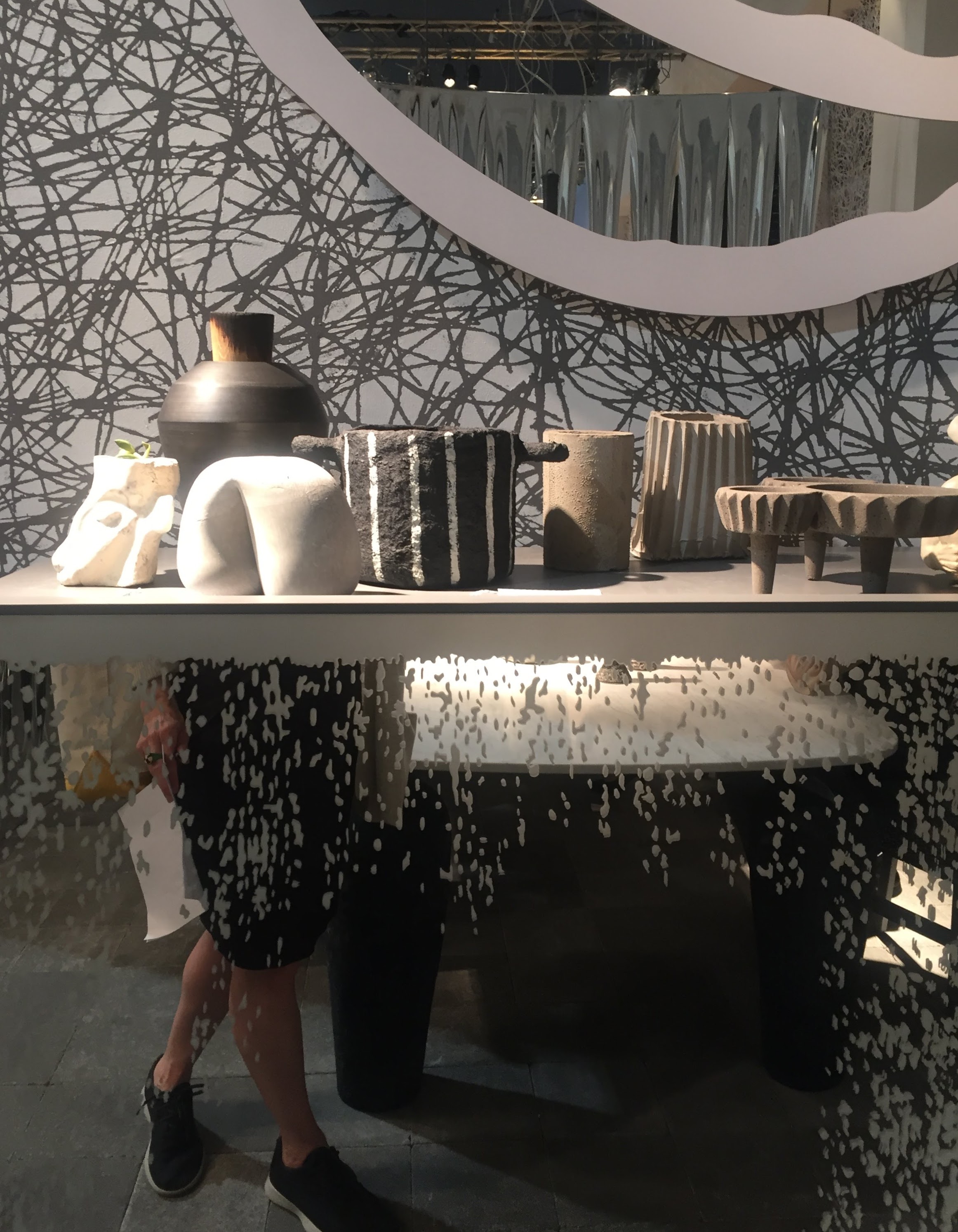
While I often implement these sorts of pairings on feel or aesthetic, a deeper interpretation really started to gel for me after I returned home to the ceaseless hustle and bustle of New York City and to the ever (over?) stimulating information culture that is constantly pinging our inboxes/nervous systems.
Technology propels us and forces us to adjust to a new, inauthentic bio-rhythm. We are bombarded with information and ideas for our immediate future with sensational media, self-driving cars, and SMART homes. Embracing all this change is an energy and time commitment and keeping up—with the news, with your neighbors, with your feeds, with the Kardashians—causes anxiety and disconnect. In the words of the prophet, Ferris Bueller: “Life moves pretty fast. If you don’t stop and look around once in a while, you could miss it.”
Staying grounded feels more important than ever. Respite from a seemingly inevitable race toward an apocalypse is a fundamental need. Reminders of a peaceful inner space and a simpler time can help us to return to center and ground both down into the earth and up as well into the cosmos. It’s all a part of the ritual of home. The centering of energies and priorities, the setting of intention, the desire to simply be in spaces that are richly authentic and free of tumult. How our spaces feel is just as important as how they look, and our homes should be designed to help us find clarity and peace, the exact powerful combination needed to make real choices in real time and with real humanity.
Design has an evolutionary nature. Design comes from a consideration of an environment and our desire to make it feel and function a certain way. Technology and innovation can certainly help make this easier. Great. I am (desperately) curious to understand all that will universally affect our experience through our homes—but in a positive way. Upon reflection, I’ve been strongly gravitating towards these older, slower, raw-er pieces as a way to connect to an older, slower, realer time (and, hey, if that centuries-old Ethiopian barrel chair hand-carved out of a single tree trunk also *looks* amazing with that Saarinen table? That’s more than ok).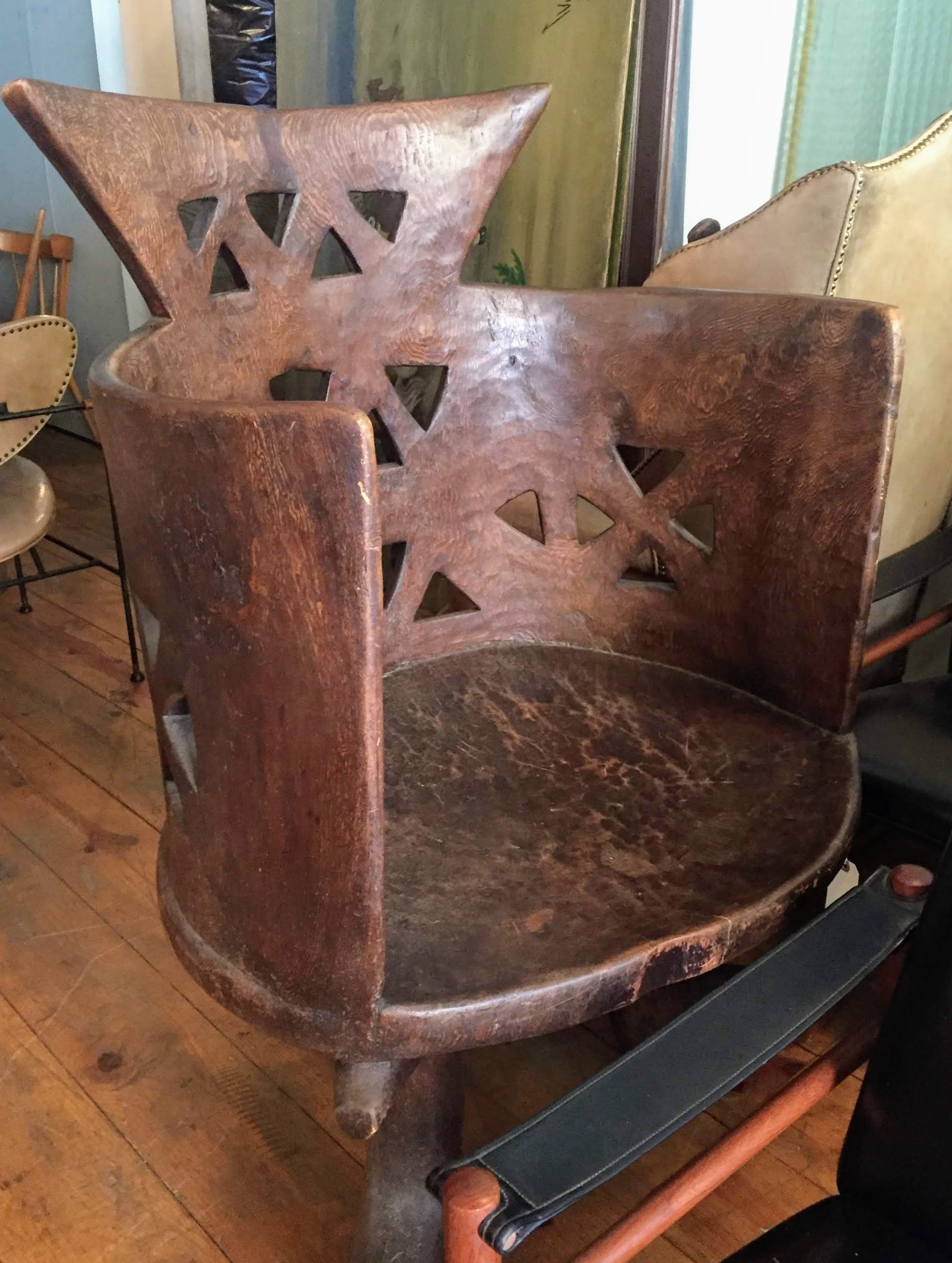 Zaha Hadid, Flow Family Outdoor Vases/Sculptures
Zaha Hadid, Flow Family Outdoor Vases/Sculptures
 Futurist brass fixture, Baxter, Made in Italy
Futurist brass fixture, Baxter, Made in Italy
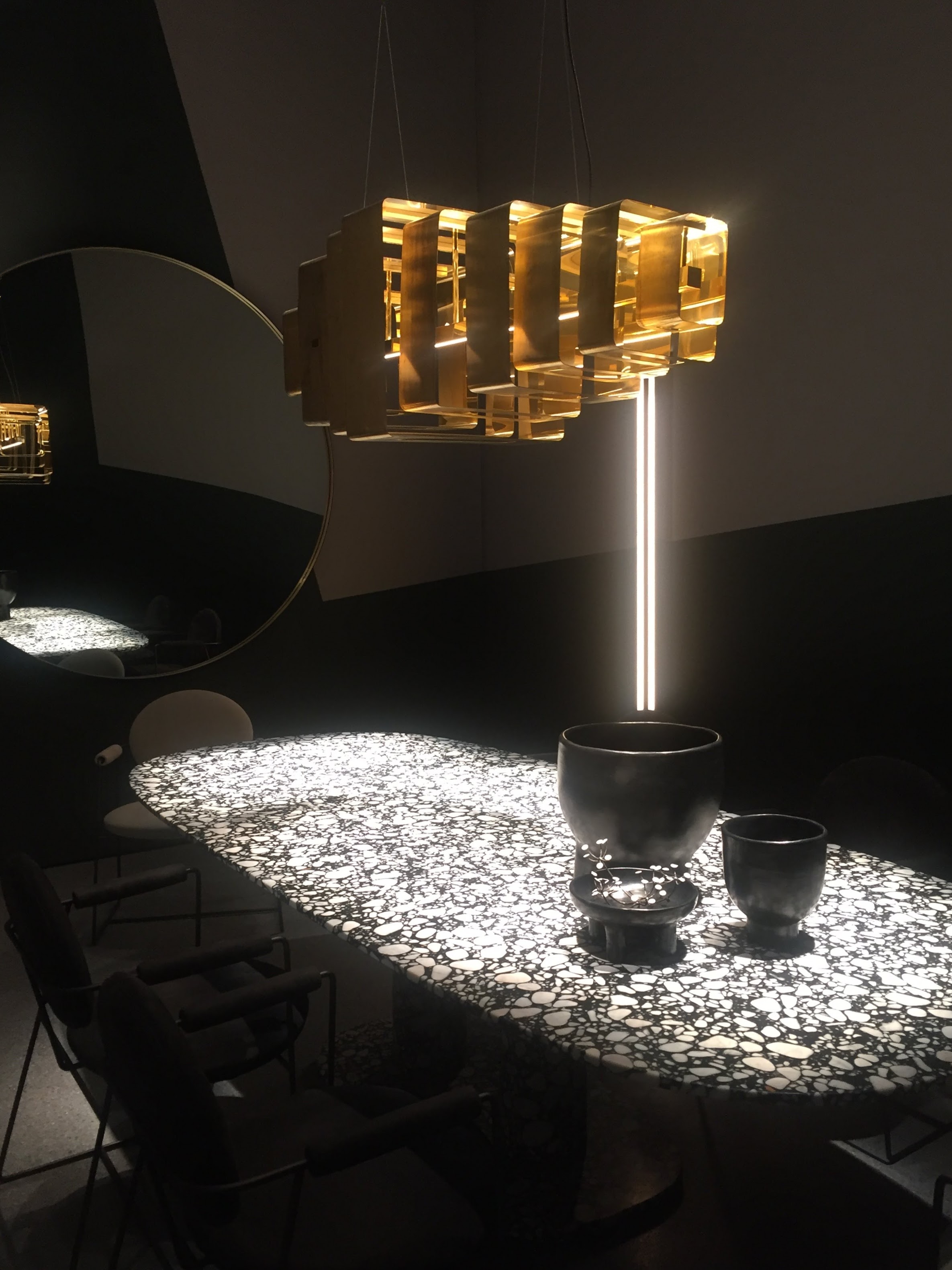 Paola Navone for Gervasoni
Paola Navone for Gervasoni 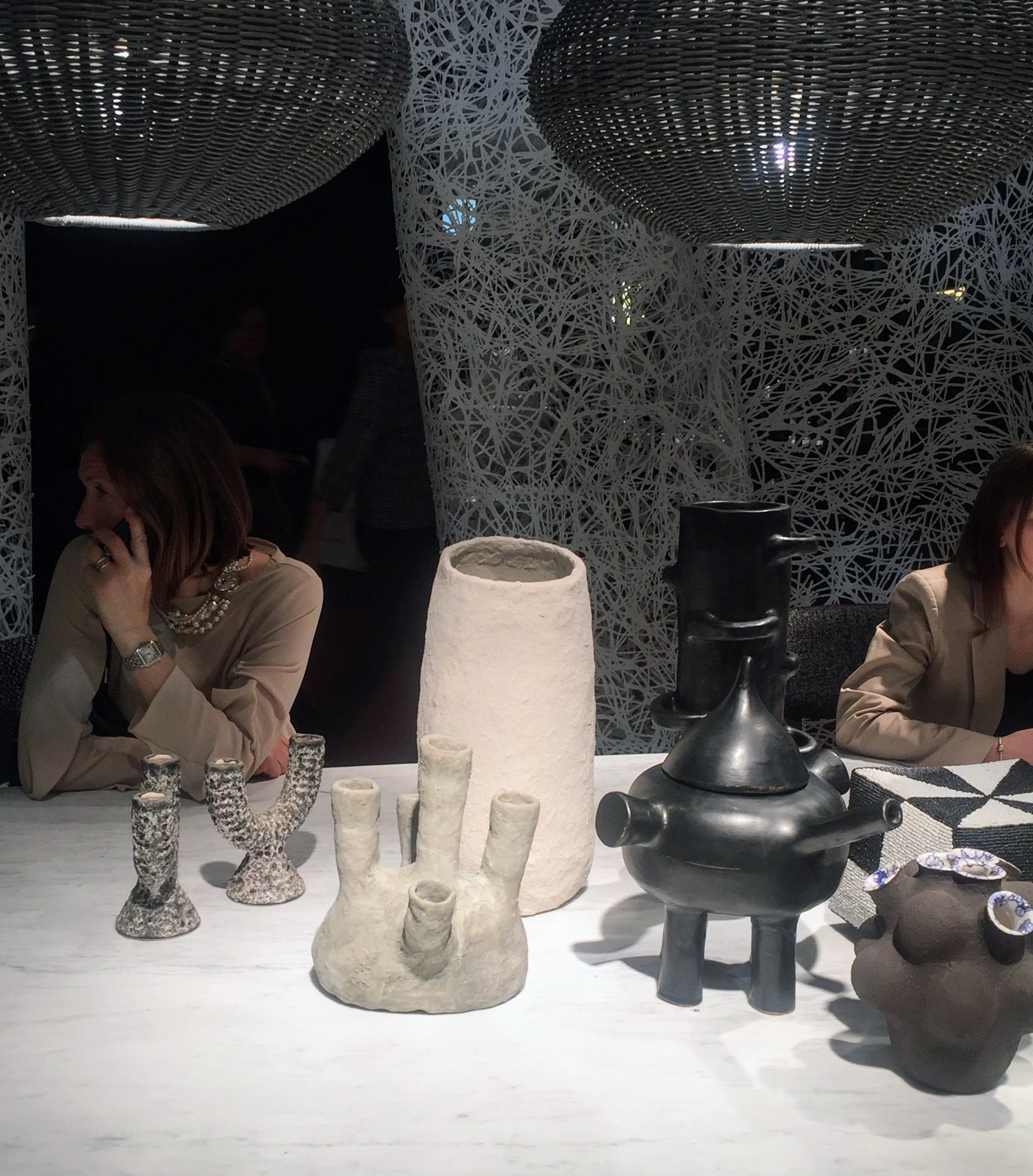
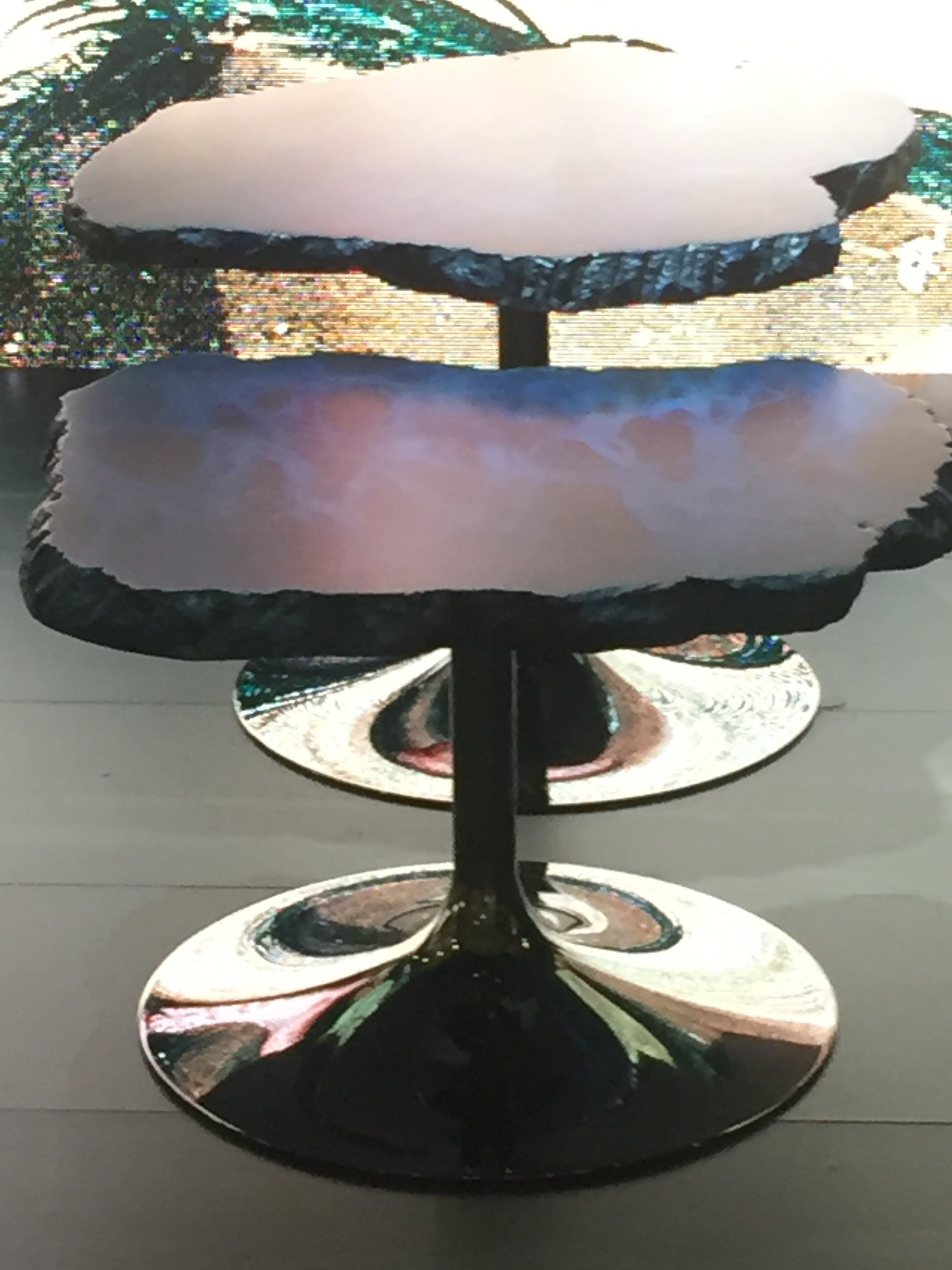
 Momo Taro by Isamu Noguchi at Storm King Art Center
Momo Taro by Isamu Noguchi at Storm King Art Center